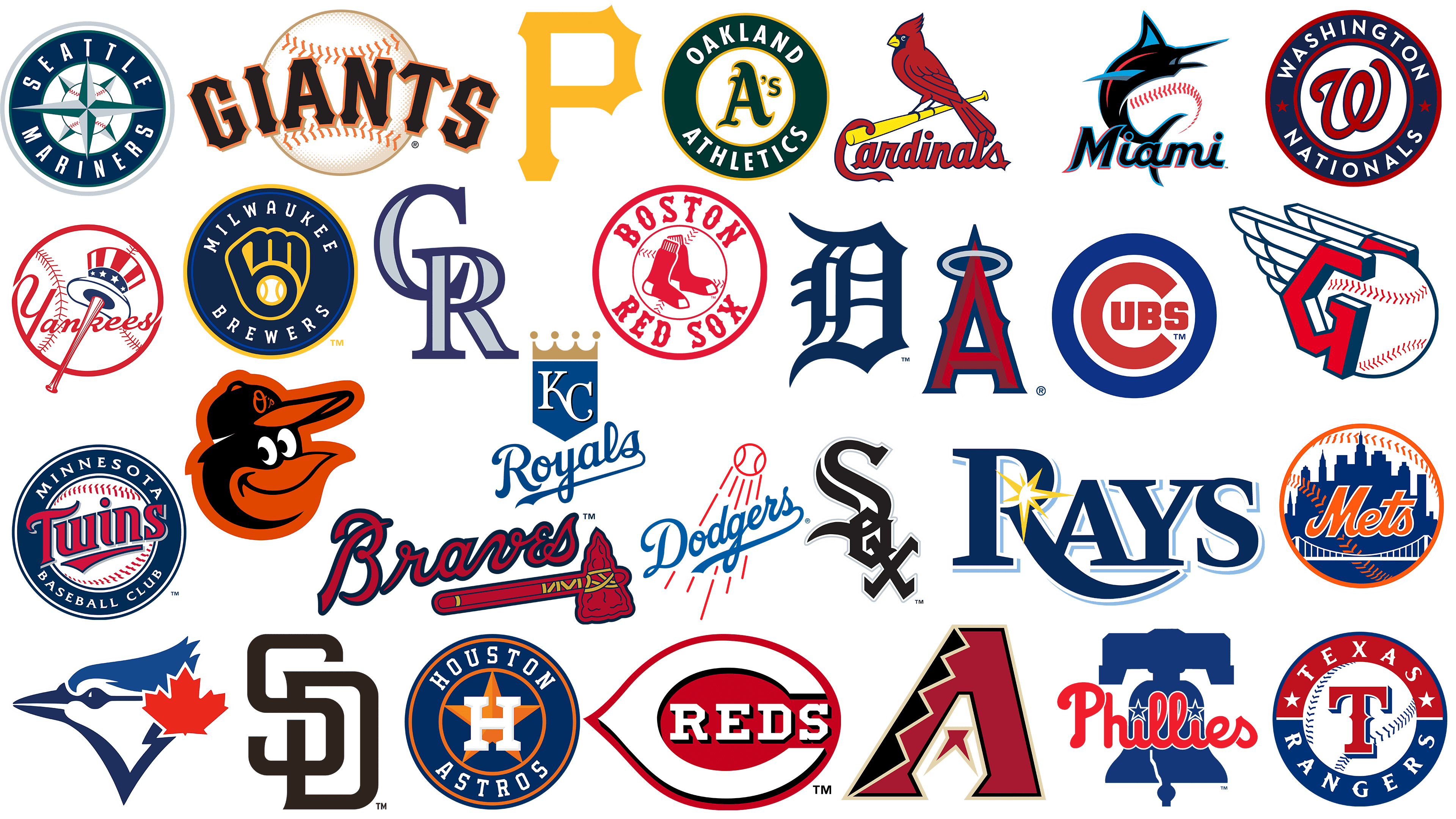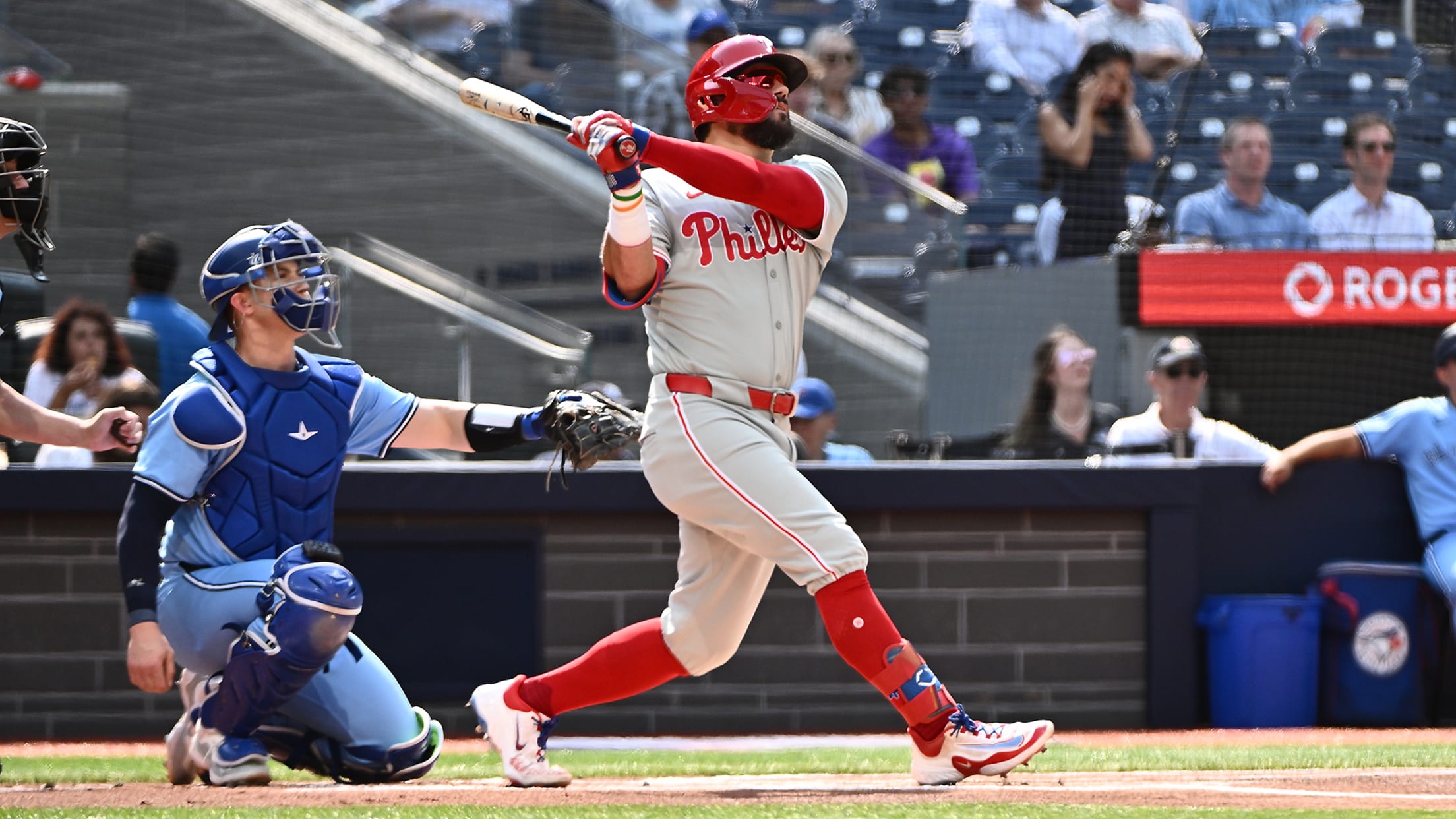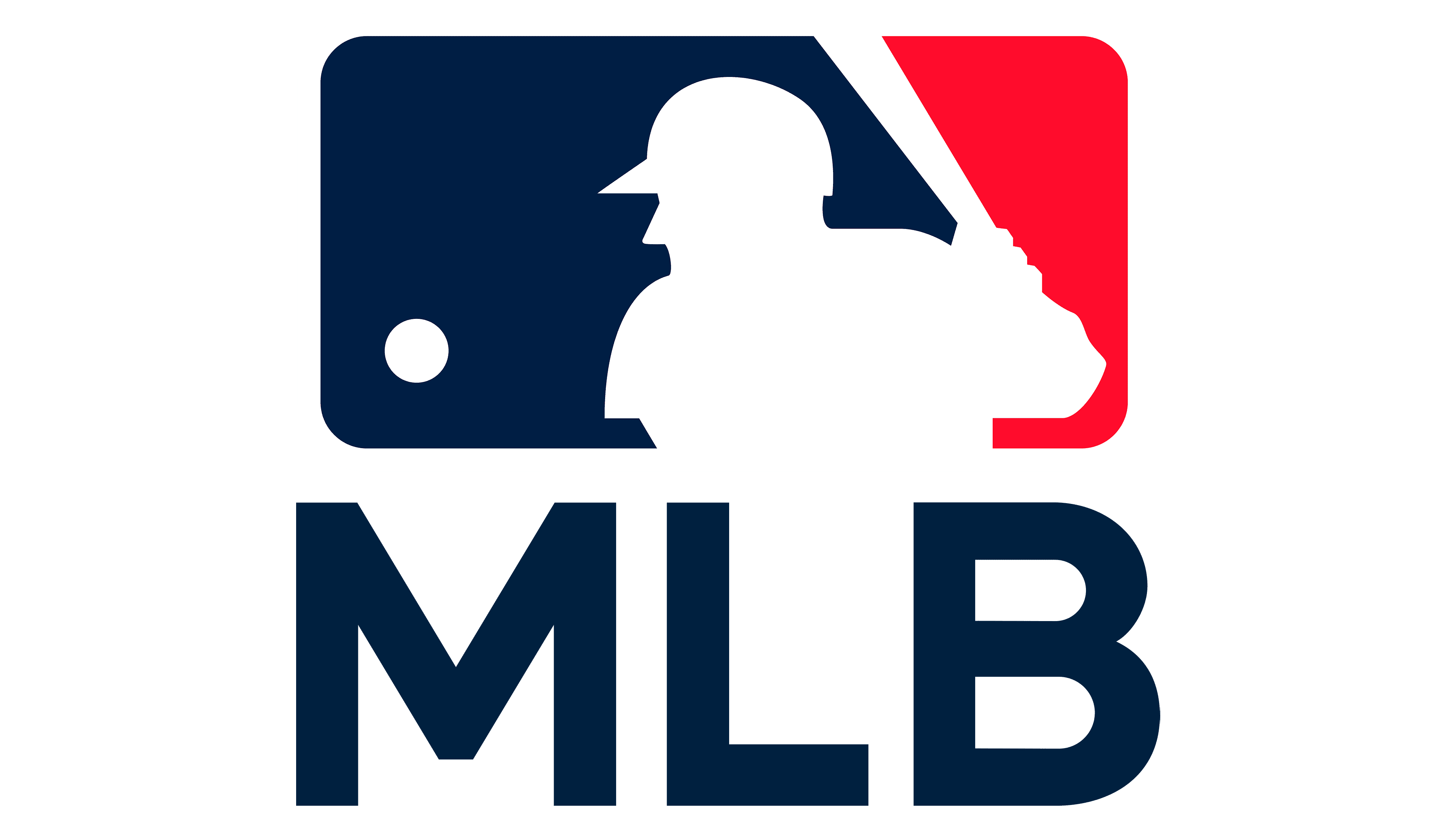For anyone who truly enjoys putting together a winning fantasy baseball team, there's a subtle yet very powerful element that often goes unnoticed: the weather. You know, that daily forecast that seems so ordinary? Well, it turns out that sunshine, wind, or even a little bit of rain can actually make a big difference in how your players perform on the field, which then affects your fantasy points. This is something many people overlook, but it’s actually a pretty big deal for those looking to get an edge.
You see, the way the air moves, how warm or cool it feels, and whether there's moisture in the air can all play a part in how a baseball travels, how a pitcher throws, or even how likely a game is to be played at all. It’s not just about who the best teams are, like the Dodgers or the Tigers, who are always at the top of the standings; it's also about the conditions they play in. Keeping up with all the latest news, like what you find on MLB.com or Bleacher Report, can give you hints, but the weather adds a whole other layer to consider.
So, we're going to take a closer look at how these natural elements influence the action on the diamond and, more importantly, what that means for your fantasy team selections. We’ll talk about how you can use this information to make smarter choices, almost like having a secret tool in your fantasy toolkit. It’s about being prepared for what the day might bring, you know, beyond just looking at player stats.
- How Long Has Rob Thomas Been Married
- Desiree Gabrielle Dennis Dylan
- Did Whitney Houston Died
- Mary Rose Donahue
- George Bubba Strait Jr
Table of Contents
- Why Does Weather Matter for MLB Fantasy Weather?
- How Does Wind Influence MLB Fantasy Weather Outcomes?
- The Impact of Temperature on MLB Fantasy Weather
- Rain Delays and Your MLB Fantasy Weather Picks – What to Do?
- Humidity's Role in MLB Fantasy Weather
- Ballparks and Their Unique MLB Fantasy Weather Quirks
- Staying Ahead - Getting Your MLB Fantasy Weather Info
- Making Smart Choices with MLB Fantasy Weather Insights
Why Does Weather Matter for MLB Fantasy Weather?
It's a fair question, isn't it? Many fantasy baseball players spend hours looking at batting averages, earned run averages, and recent player trends. They check out what the Associated Press or NBC Sports says about player standings and game schedules. Yet, they often forget about the big, open sky above the ballpark. Weather, you see, isn't just background noise; it's a very active participant in every baseball game. A strong gust of wind, for instance, can turn a routine fly ball into a home run or, conversely, keep a well-hit ball inside the park. This kind of thing, you know, really changes the scoring possibilities for your fantasy players.
Consider a day when the air is thick and heavy, or perhaps when it's crisp and cool. These conditions directly affect how the baseball travels through the air. A ball hit on a warm, humid day might carry further than the same ball hit on a cold, dry evening. Pitchers, too, feel the effects. A pitcher's grip might be different in chilly weather, or they might sweat more on a hot day, potentially impacting their control. So, in some respects, paying attention to the forecast is just as important as knowing which teams are performing well, like those top clubs that seem to always be in contention.
The truth is, ignoring weather conditions is like playing with only half the information. It’s like knowing the Dodgers are a top team but not considering if their star pitcher is throwing on a blustery day. For fantasy purposes, this translates directly to points. A batter who hits a home run because of a favorable wind gets you more points than one whose deep fly ball is knocked down. Therefore, getting a good grasp on MLB fantasy weather is a pretty important piece of the puzzle for anyone hoping to be the best MLB fan they can be, as Bleacher Report might suggest.
- Donald Swayze
- How Did Whitney Houston Die
- Actors Of Tool Time
- Warren Beatty Date Of Birth
- James Mccartneys Personal Life
How Does Wind Influence MLB Fantasy Weather Outcomes?
Wind is, arguably, one of the most noticeable weather elements when it comes to baseball. You can literally see its effects as flags wave or dust swirls. When the wind is blowing out towards the outfield, it gives batted balls a little extra push. This can turn what would normally be a long single or a double into a home run. For your fantasy team, this means potential extra bases and, more importantly, more runs batted in or even home runs from your hitters. This is particularly good for sluggers who hit the ball with a lot of force anyway.
Conversely, if the wind is blowing in from the outfield towards home plate, it can suppress offense. That same powerful hit that might have cleared the fence on a calm day could end up being a fly out. This is something to keep in mind when picking your hitters, especially if they rely on hitting for power. It’s a bit like having a hidden hand influencing the game, you know? Pitchers, on the other hand, might actually benefit from a strong wind blowing in, as it could help them keep balls in the park and reduce the chances of giving up long hits. This could mean a lower earned run average for your fantasy pitchers.
The direction of the wind matters a great deal, too. A crosswind, blowing from left field to right field or vice versa, can make it harder for fielders to judge fly balls, leading to potential errors or extra-base hits that aren't necessarily home runs. So, when you're looking at the MLB fantasy weather forecast, pay very close attention to the wind's direction and speed. It’s a very specific detail that can really swing things one way or another for your player's performance, helping you make better decisions for your team.
The Impact of Temperature on MLB Fantasy Weather
Temperature might seem like a simple factor, but its effects on a baseball game are quite real. When it's warm, especially on a hot summer day, the air is less dense. This means there's less resistance for the ball as it travels, allowing it to fly further. Think of it this way: a ball hit with the same force on a 90-degree day will likely travel further than on a 40-degree day. This is generally good news for hitters in your fantasy lineup, as it increases the chances of extra-base hits and home runs. You know, more points for you.
On the flip side, colder temperatures make the air denser, and the baseball itself becomes less elastic. This means the ball doesn't travel as far off the bat. Hitters might find it harder to drive the ball, and home runs could be less frequent. For fantasy purposes, this might suggest a day where you lean more on pitchers or contact hitters rather than power hitters. Pitchers, however, might find an advantage in cooler weather, as their pitches could have more bite or movement, and the reduced carry on batted balls could help them limit runs. It’s a bit of a balancing act, really, when considering MLB fantasy weather.
Beyond ball flight, temperature also affects the players themselves. Pitchers might struggle with grip in very cold weather, or they might tire more quickly in extreme heat. Fielders could have trouble with their hands in chilly conditions. All these small things can add up to affect performance, which, of course, impacts your fantasy scores. So, when you're checking the forecast, remember that the thermometer reading isn't just for comfort; it's a very practical piece of MLB fantasy weather information.
Rain Delays and Your MLB Fantasy Weather Picks – What to Do?
Rain is perhaps the most obvious weather concern for fantasy baseball. A heavy downpour can lead to a game delay or, worse, a postponement. If a game is delayed, your players might get fewer at-bats or innings pitched, which means fewer opportunities to score fantasy points. If a game is postponed, then your players from that game get zero points for the day, which can be pretty frustrating, you know, especially if they were key parts of your lineup.
When you see rain in the MLB fantasy weather forecast, it's wise to have a backup plan. This might mean checking your league's rules on how postponed games are handled. Do the points count if the game is played later? Or are they simply lost? Knowing this can help you decide whether to bench a player from a potentially rained-out game and pick someone else who is sure to play. It’s about managing risk and making sure your lineup is actually contributing.
Sometimes, a game might start, get delayed by rain, and then resume. This can affect pitchers, who might be pulled from the game after a long delay, even if they were pitching well. It's a tough break for fantasy owners. So, keeping an eye on live weather updates, perhaps from sources like Sporting News or the official MLB site, is very important on rainy days. It’s about being proactive, more or less, rather than reactive when it comes to your fantasy team.
Humidity's Role in MLB Fantasy Weather
Humidity, the amount of moisture in the air, plays a surprisingly significant part in how a baseball behaves. When the air is very humid, it's less dense than dry air. This might seem counterintuitive, but water vapor is lighter than nitrogen and oxygen, the main components of air. So, on a humid day, the air offers less resistance, allowing batted balls to travel further. This is generally good news for hitters and, by extension, for your fantasy team's offensive output. You know, more dingers mean more points.
Conversely, very dry air is denser, which can cause the ball to slow down more quickly after it's hit. This means less carry for batted balls, potentially turning what would be a home run on a humid day into a deep fly out. So, if you're looking at the MLB fantasy weather for a game, and you see very low humidity, you might adjust your expectations for power hitters. It's a subtle effect, but it can be quite consistent in certain conditions.
Pitchers can also feel the effects of humidity. On a very humid day, their hands might get sweaty, making it harder to grip the ball and control pitches like curveballs or sliders. This could lead to more walks or less effective pitches. On a dry day, some pitchers might struggle to keep their hands moist enough for a good grip. These small changes in a pitcher's feel for the ball can have a ripple effect on their performance and, therefore, on your fantasy points. It's something to consider, certainly, when putting your lineup together.
Ballparks and Their Unique MLB Fantasy Weather Quirks
Every baseball park has its own unique personality, and this extends to how it interacts with the weather. Some ballparks are known as "hitter-friendly" parks because of their dimensions, altitude, or, importantly, their common weather patterns. For example, a park that often has wind blowing out to center field will naturally see more home runs. This is a very important piece of the MLB fantasy weather puzzle to remember.
Think about parks at higher altitudes, like Coors Field. The thinner air there naturally allows the ball to travel further, regardless of the daily weather. But even in parks at sea level, the way the stadium is built can funnel wind in certain directions, or block it entirely. Some parks have open roofs that allow the wind to swirl, while others are more enclosed. Knowing these ballpark-specific tendencies, combined with the daily forecast, gives you a much clearer picture of what to expect from your players.
So, when you're considering a player, don't just look at their stats; also think about where they're playing and what that park's usual weather quirks are. A player who struggles at home might thrive in a different park with more favorable wind conditions, for instance. This kind of detailed insight into MLB fantasy weather can give you a genuine advantage over other players in your league who might only be looking at the numbers on paper.
Staying Ahead - Getting Your MLB Fantasy Weather Info
To use weather to your advantage, you need reliable information. There are many great sources for MLB news, like MLB.com, Bleacher Report, the Associated Press, NBC Sports, and Sporting News, which provide highlights, scores, and expert analysis. These are excellent for general baseball updates, but for weather, you need to look a little deeper. Many sports sites will include weather forecasts for games, but dedicated weather apps or websites can offer more precise, hourly updates for specific locations. It’s pretty helpful to have that kind of detail.
Look for forecasts that include wind speed and direction, temperature, and humidity levels for the specific city and stadium where the game is being played. Some advanced fantasy baseball tools or premium sports data sites might even integrate this information directly into their player projections. However, even a simple check of a reliable weather app a few hours before game time can give you a lot of useful data. You know, just a quick look.
It's also a good idea to pay attention to how the weather changes throughout the day. A forecast for afternoon sunshine might turn into evening showers, especially in certain regions. Staying updated on these shifts, perhaps by checking a few times before your lineup locks, can help you avoid unpleasant surprises like a last-minute postponement. Being prepared with this kind of information is, truly, a smart move for any fantasy manager.
Making Smart Choices with MLB Fantasy Weather Insights
Once you have a good grasp of the MLB fantasy weather for the day, the next step is to use that information to make smart choices for your lineup. If there's a strong wind blowing out at a particular park, consider starting power hitters who might be on your bench or who have favorable matchups. Likewise, if the wind is blowing in, you might favor pitchers who rely on ground balls or strikeouts, or hitters who consistently get on base rather than just swinging for the fences. It’s about playing the percentages, really.
For pitchers, consider the temperature and humidity. A pitcher known for their breaking balls might struggle more with grip on a very humid night. Conversely, a pitcher with a great fastball might thrive in cooler, denser air. These subtle factors can influence a pitcher's effectiveness and, by extension, their fantasy points for strikeouts or earned runs. So, you know, it’s not just about their past performance; it’s about the conditions they’re facing.
Finally, always have a contingency plan for rain. If a game looks like it might be delayed or postponed, have a backup player ready to swap in. This proactive approach to MLB fantasy weather can save you from getting zero points from a key player. Being informed about the weather gives you a distinct advantage, allowing you to react quickly and thoughtfully to the conditions on the field. It's a very practical way to boost your team's performance.
To recap, paying close attention to weather elements like wind, temperature, humidity, and rain is a clever way to improve your fantasy baseball decisions. Every ballpark has its own weather tendencies, and staying informed through reliable sources can help you pick the right players for the right conditions. This thoughtful approach to the daily forecast can really help you get ahead in your fantasy league.
Related Resources:



Detail Author:
- Name : Prof. Brandy Zieme III
- Username : owatsica
- Email : elda.damore@hessel.com
- Birthdate : 2004-07-07
- Address : 19404 Arielle Track North Santinoville, WA 65220
- Phone : +1-631-919-8793
- Company : Towne, Langosh and Walker
- Job : Executive Secretary
- Bio : Modi facere omnis provident voluptas voluptatum. Magni tenetur temporibus eos voluptate. Rerum eum sunt sequi aut. Pariatur sunt nam explicabo incidunt sed optio iste sint.
Socials
twitter:
- url : https://twitter.com/tito1340
- username : tito1340
- bio : Minima magnam et atque delectus ullam. Consequatur omnis et nisi ducimus sapiente vel facere nostrum. Non non explicabo corporis eum ut voluptatem aut.
- followers : 356
- following : 471
facebook:
- url : https://facebook.com/tito.emmerich
- username : tito.emmerich
- bio : Voluptatem aspernatur veniam explicabo distinctio.
- followers : 2773
- following : 1581
tiktok:
- url : https://tiktok.com/@temmerich
- username : temmerich
- bio : Eius maxime voluptas et aliquam et.
- followers : 5540
- following : 46